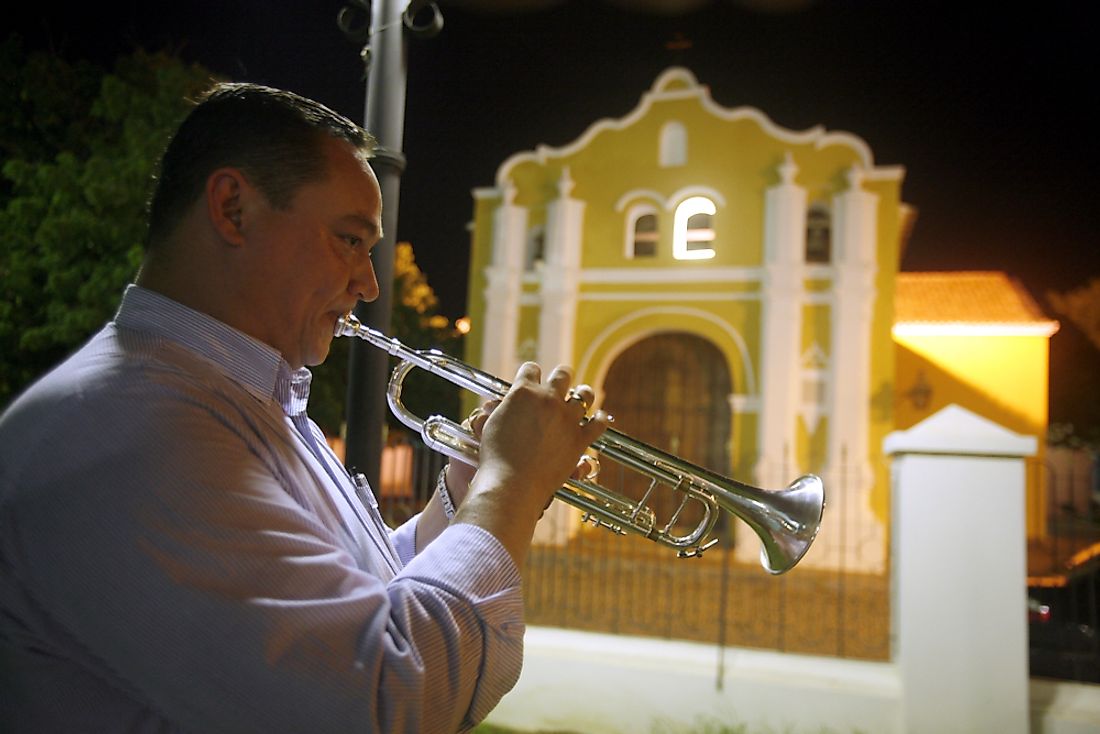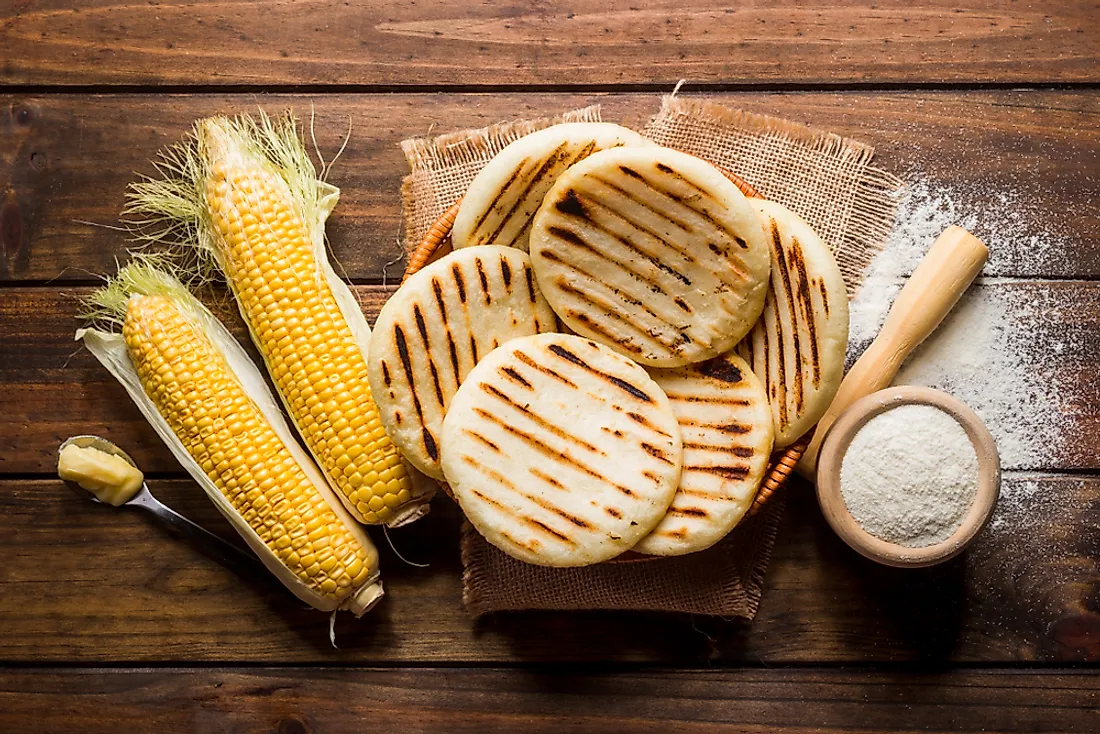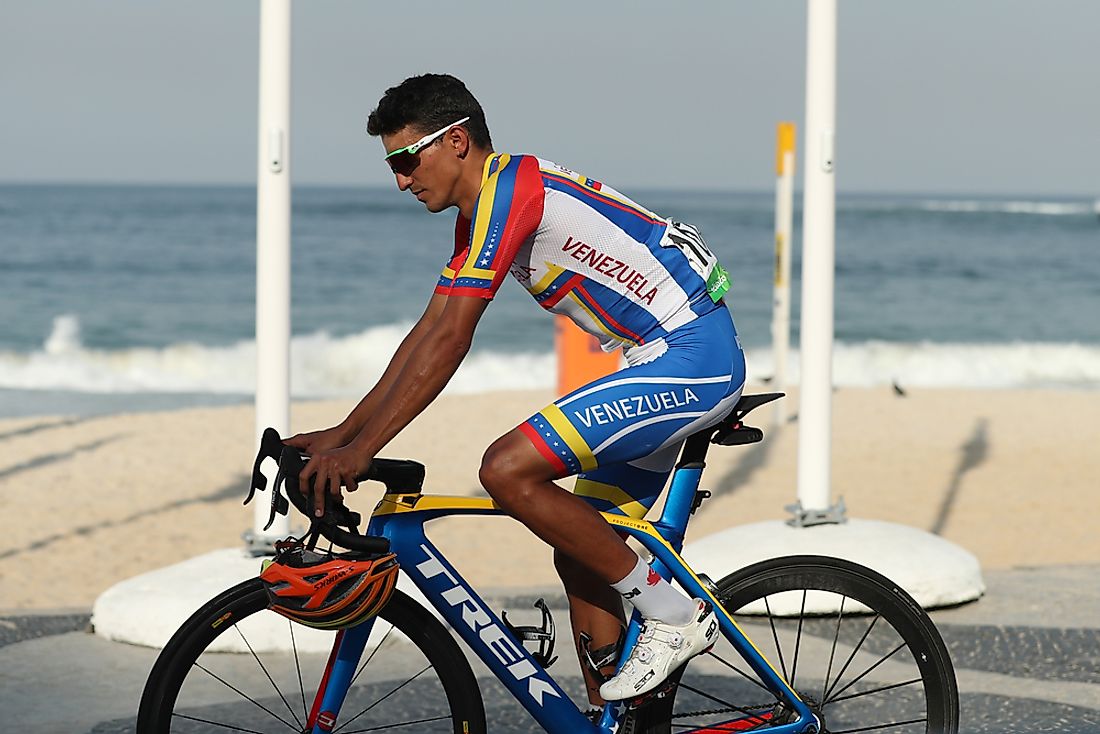The Culture Of Venezuela

The South American country of Venezuela is located on the northern coast of the continent. It houses a population of around 31,689,176 individuals. The country has a diverse and complex culture that is influenced by the cultures of a large number of ethnic groups living in the country.
The Venezuelan natives, Spanish, Africans, Italians, Portuguese, Arabs, Moroccan Jews, and others comprise the population of Venezuela. The Spanish arrived in the country after the Spanish conquest. They brought enslaved people from Africa with them to work in the plantations established in the country. Other European populations arrived during subsequent waves of immigration in the 17th century. Catholic Christians account for over 71% of Venezuela’s population.
Cuisine

The cuisine of Venezuela is influenced by the cuisines of its indigenous inhabitants as well as West African and European cuisines. There are great regional variations in the country’s cuisine. Some of the staple foods include rice, yam, corn, beans, and plantain. Commonly used vegetables are eggplants, spinach, tomatoes, zucchini, potatoes, and onions. Some typical snacks of the Venezuelan cuisine include the tequeño (fried breaded cheese stick), fried fish, empanada (a type of baked or fried filled pastry), and French fries. Some of the most popular main dishes include the arepa (a dish prepared from ground maize dough or cooked flour), casabe (flatbread made of bitter cassava), Pastel de pollo (chicken pot pie), polenta (a boiled cornmeal dish), mandoca (a deep-fried ring of cornmeal consumed with cheese and butter), Ensalada de pollo (chicken salad served with carrots, mayo, and green salad), etc. The Venezuelan cuisine also features delectable desserts like bienmesabe (a dessert made with honey, ground almonds, and egg yolk as basic ingredients), chocolate pudding, chocolate mousse, Brazo gitano (Spanish Swiss roll), etc. Some of the popular beverages include beer, cocada (coconut milkshake), rum, tequila, passion fruit juice, ponche crema (a cream-based liqueur), etc.
Clothing
Traditional clothing in Venezuela is influenced by French, Spanish, and Caribbean styles. Today, such clothing is generally worn during special celebrations while modern Western-style clothing is worn as everyday wear. The traditional dress of Venezuelan women is a long decorative skirt or dress. White blouses, usually worn off one or both shoulders, compliments the colorful skirts worn by them. Men in the country wear the Liqui liqui which is basically a simple jacket worn with pants.
Literature And The Arts
Prior to colonization, written literature was virtually absent in Venezuela. Instead, the country had a rich tradition of oral literature including folktales and legends, stories of tribal warfares, historical accounts, etc. With the Spanish conquest of the region and the emergence of a unified Venezuela, national Venezuelan literature was born. Initially, the literature focussed on the war of independence but later included a variety of genres ranging from romanticism to historical descriptions and political essays.
Venezuelan art has a long history. It was originally dominated by religious motifs but later historical and heroic representations also became popular. In the 20th century, the art scene of the nation was influenced by Modernism. Today, the museums of the country preserve the precious Venezuelan artworks. The National Art Gallery and the Museum of Fine Arts in Caracas are examples of institutions that preserve Venezuelan art.
Performance Arts
Venezuela has a rich heritage of music and dance. The cuatro is the national musical instrument of the country. The “Caballo Viejo”, a folk song written and composed by Simón Díaz, is a popular Venezuelan folk song. The "lma Llanera" is another famous song from the country. It was composed by Pedro Elías Gutiérrez and written by Coronado. It represents the Joropo style of music. The joropo dance is also the national dance of the country. The gaita is another indigenous style of music. It originated in Maracaibo in the Zulia State.
Sports

Football, basketball, and baseball are the most popular sports played in Venezuela. Baseball was introduced in the country in the early 20th century due to the cultural impact of the US oil companies operating in the country. Venezuelan athletes have also participated in several Olympics Games since 1948 and won some medals over the years.
Life In Venezuelan Society
Venezuelan society is patriarchal in nature where gender roles are clearly defined. The society expects women to manage the household chores and children. However, women also participate in agricultural work in rural areas. Although Venezuelan law provides equal rights and freedoms to both men and women, in practice, men enjoy a higher status in society than women. The country has a distinct national brand of machismo. Although Venezuelan women are making great advances in the field of education and employment today, gender-based discrimination in the employment sector continues to exist. A significant section of the country’s women participates in the beauty pageant industry where women are trained to compete in international beauty competitions.
Marriages in Venezuela are generally open-ended where there are few legal restrictions associated with such unions. However, it is usually expected that marriages will be between members of the same race and class.
Venezuelan households are generally nuclear in nature. The mother plays a significant role in the family and is essential to maintain the social fabric. Traditionally, Venezuelan families were extended but today, extended kin usually live close by but not in the same household. Children tend to live with their parents in the same house until their mid-twenties or until they are financially stable.
The country has a considerably high literacy rate with around 90% of the population being literate. Free and compulsory education is provided to all.
Venezuelans are well-known for their gregarious and outgoing nature. They greet each other heartily. Greetings usually involve two kisses, one on each cheek. Women greet other women and men in this manner. Greetings between men usually involve a strong-gripped handshake or even a hug. It is common for the Venezuelans to stand close to each other during conversations which are often loud and freewheeling in nature. Public expression of machismo is a common characteristic of the Venezuelan society. Men often display their admiration at the beauty of women by uttering a piropo (small adulatory phrase). Women are taught to ignore such remarks and not to acknowledge them publicly.











